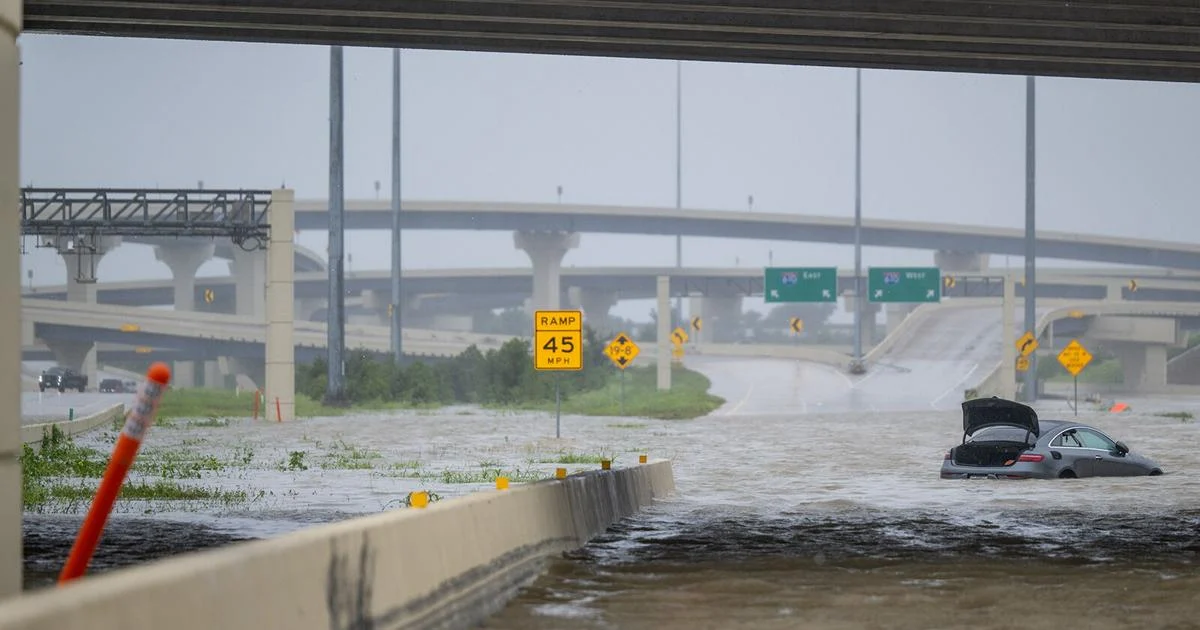Formation and Development: Tropical Depression Beryl

Tropical Depression Beryl emerged from a tropical wave that traversed the Atlantic Ocean. Favorable atmospheric conditions, including warm ocean waters, low wind shear, and ample moisture, fostered the wave’s development into an organized system.
As Tropical Depression Beryl looms, the skies above Evansville have been painted with a canvas of ominous gray. The usually vibrant weather forecast has been replaced by a symphony of warnings, urging residents to prepare for the storm’s unpredictable wrath.
The Evansville weather service predicts heavy rainfall, strong winds, and potential flooding, reminding us of the formidable power that nature holds.
Initial Formation
On July 4th, the National Hurricane Center (NHC) identified the tropical wave as having the potential for development. As the wave approached the Lesser Antilles, it began to exhibit signs of organization, with the formation of a low-pressure center and the development of thunderstorms.
Movement and Intensification
The tropical wave continued westward, passing south of the Leeward Islands. On July 6th, the NHC designated the system as Tropical Depression Beryl, located about 1,200 miles east of the Lesser Antilles. The depression moved steadily westward, gradually strengthening as it encountered favorable conditions.
Tropical Depression Beryl continues to swirl in the Atlantic, with its path still uncertain. For those keeping a close eye on its progress, storm tracker provides real-time updates and forecasts. As Beryl moves through the ocean, meteorologists will be monitoring its development closely, tracking its wind speeds, pressure, and potential for landfall.
Notable Changes
As Beryl progressed, it underwent fluctuations in intensity. On July 8th, it weakened slightly, but regained strength the following day. The depression’s track also shifted slightly, moving more northwestward towards the Bahamas.
Impacts and Preparedness
Tropical Depression Beryl is expected to bring heavy rainfall, flooding, and potential landslides to the affected areas. Coastal communities may also experience storm surge and high winds. Evacuation orders have been issued for low-lying areas and residents are advised to follow the instructions of local authorities.
Shelters have been opened in various locations to provide refuge for those who need to evacuate. It is crucial to take safety precautions, such as securing loose objects, stocking up on essential supplies, and staying informed about the storm’s progress.
Evacuation Orders and Shelter Availability
- Evacuation orders have been issued for low-lying areas and residents are advised to follow the instructions of local authorities.
- Shelters have been opened in various locations to provide refuge for those who need to evacuate.
- It is important to be aware of the evacuation routes and to have a plan in place in case of an evacuation order.
Safety Precautions
- Secure loose objects outside your home, such as patio furniture, grills, and trash cans.
- Stock up on essential supplies, such as food, water, first aid kits, and batteries.
- Stay informed about the storm’s progress by listening to local news and weather reports.
- If you are asked to evacuate, do so immediately and follow the instructions of local authorities.
Local Authority Preparations, Tropical depression beryl
Local authorities are preparing for and responding to the storm by:
- Issuing evacuation orders for low-lying areas
- Opening shelters to provide refuge for those who need to evacuate
- Deploying emergency response teams to affected areas
- Monitoring the storm’s progress and providing updates to the public
Forecasting and Tracking

Tropical Depression Beryl’s path and intensity are being closely monitored by meteorologists. Computer models and observations from satellites, aircraft, and weather stations are used to forecast the storm’s movement and predict its future behavior.
Forecast Summary
The latest forecasts for Tropical Depression Beryl are summarized in the table below:
| Forecast | Value |
|—|—|
| Current Location | 26.7°N, 77.0°W |
| Movement | West-northwest at 12 mph |
| Maximum Sustained Winds | 35 mph |
| Minimum Central Pressure | 1008 mb |
| Expected Landfall | Saturday night in South Carolina |
Tracking Methods
The National Hurricane Center uses a variety of methods to track the movement of Tropical Depression Beryl, including:
* Satellite imagery: Satellites provide real-time images of the storm’s clouds and precipitation, which can be used to track its movement and identify its structure.
* Aircraft reconnaissance: Aircraft fly into the storm to collect data on its wind speed, pressure, and temperature. This data is used to improve forecasts and issue warnings.
* Weather stations: Weather stations along the coast and on islands in the storm’s path provide data on wind speed, rainfall, and pressure. This data is used to track the storm’s movement and assess its impact on land.
Staying Informed
Residents in the path of Tropical Depression Beryl should stay informed about the storm’s progress. The National Hurricane Center provides regular updates on the storm’s forecast and track. Residents can also sign up for local emergency alerts and follow the storm’s progress on social media.